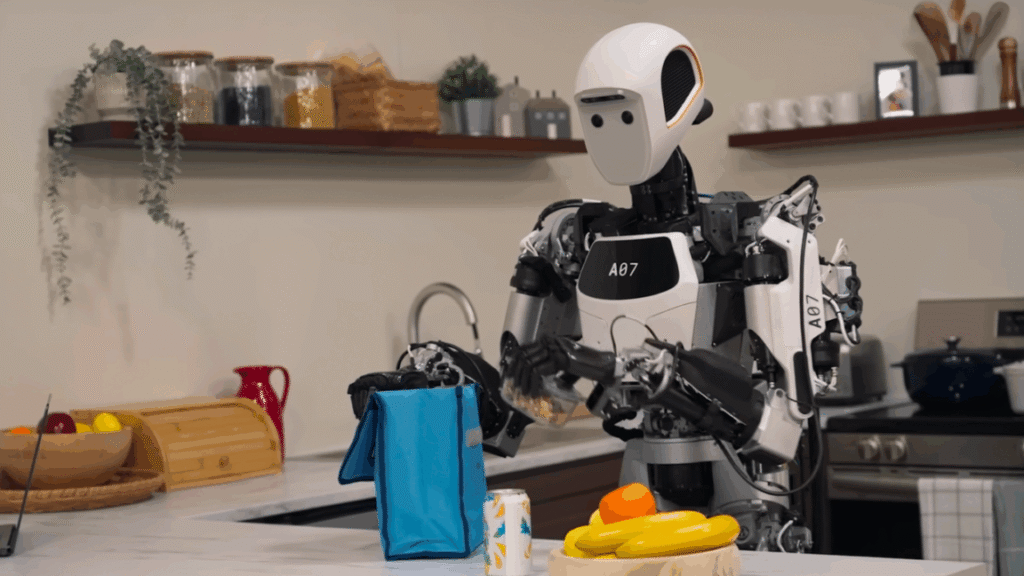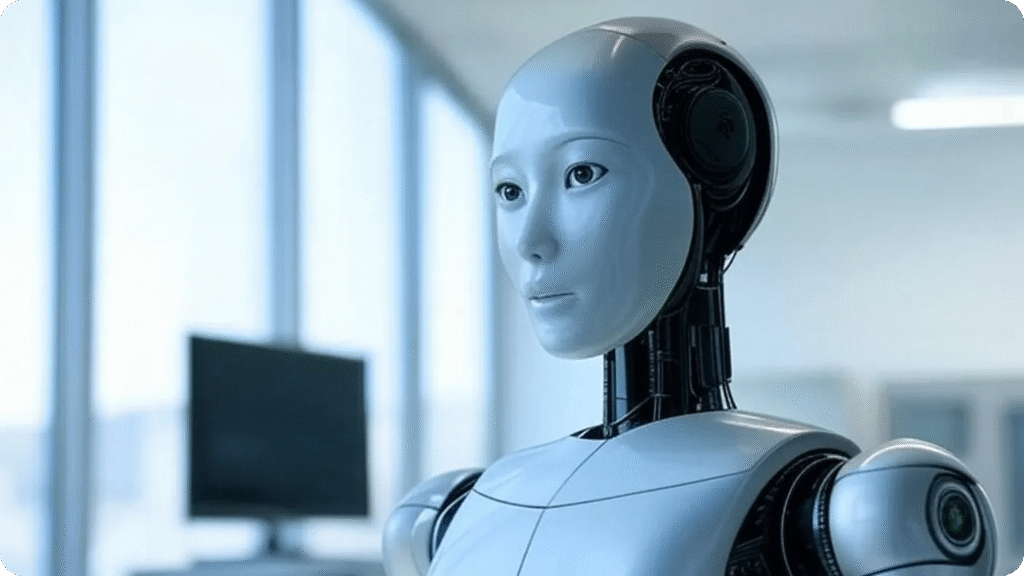Google DeepMind has released Gemini Robotics On-Device, a new language model that runs entirely on a robot’s local hardware. This model follows March’s Gemini Robotics and lets developers guide robot actions with simple text prompts. Tasks such as unzipping a bag or folding clothes no longer need a live internet connection.

Strong Performance in Benchmarks
In tests, Gemini Robotics On-Device delivers results nearly matching the cloud-hosted Gemini Robotics model. Google reports that it also outperforms other on-device AI models on standard benchmarks, though those competitors remain unnamed. This performance leap means robots can operate in environments with limited or no network access.
Real-World Robot Demonstrations
Google demonstrated the local model on a variety of robots. ALOHA platform robots handled household chores smoothly. Engineers also adapted the model to work on the bi-arm Franka FR3, which mastered new assembly tasks on a factory belt. The Apollo humanoid from Apptronik performed pick-and-place tasks it had never seen during training.
New SDK for Rapid Task Training
Alongside the model, Google unveiled a Gemini Robotics SDK. Developers can use the MuJoCo physics simulator to teach new tasks by showing 50 to 100 demonstrations. This toolchain makes it faster to customize robot behavior without deep expertise in robotics or AI.
Growing Push into Robotics
Other companies are racing into the same space. Nvidia is building foundation models for humanoid robots. Hugging Face offers open-source models and even builds its own hardware prototypes.

Mirae Asset supports South Korea’s RLWRLD, which operates on large-scale models of robots. The on-device product of Google opens a new era in robotics AI, freeing it of the need to be connected to the internet at all times, and offers it the power of natural language control. Robots become more independent and more flexible with Gemini Robotics On-Device. Local processing reduces latency and raises privacy. The development takes Google closer than ever to daily automation, whether on the streets or the factory floor, and it does not have to wait on the next network cycle.





